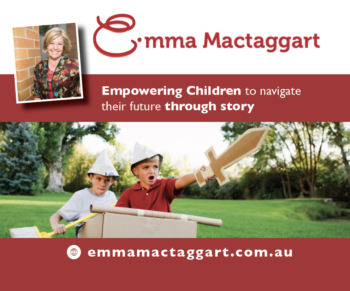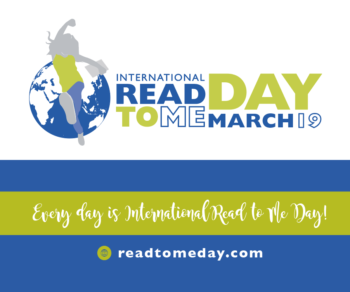Everything about the idea of introducing you to the seven plots used in story is exciting because it is with the intention of giving you a load of ideas about the books you choose for your child, especially when you are searching for a particular answer to a particular issue you may want to untangle.
We know listening to stories creates empathy between the reader and the listener and the story. It means we can live another life, learn from others, without having to endure the pain, or if we have endured the pain, we see how others deal with it!
Books then become a wonderful means of showing your child how to deal with their fears and insecurities and opening the conversation to learn more about how they are experiencing the world.
I hear all the time, ‘there wasn’t a book about (insert specific topic here!), so I wrote one myself’ and whilst for the author / illustrator they then experience the joy, the incredible high that comes from seeing you name in print, it also takes an extraordinary amount of time and resources to create that book. You may simply want to pick a book of the shelf!
It is about taking a step back and looking widely, rather than stepping into a specific topic.
There are only a finite number of plots that cover all of literature for mankind for all of time! (What! I hear you say! You may well be incredulous but know that Christopher Booker spent 30 years researching this and he has distilled literature in to seven plots – overcoming the monster, voyage and return, the quest, rags to riches, rebirth, tragedy and comedy.)
So what is a plot?
It is the sequence of events that propel the story, so that character has an experience that inevitably changes them. The first of these, overcoming the monster, is about the hero’s journey to discover that despite adversity, it is seeking strength from within. For you as an adult, these stories are recognisable instantly if I use Jack and the Beanstalk, James Bond or Dracula as examples.
We meet the main character, who is happy, until a monster threatens to disrupt or destroy this.
The main character decides they are the ones to deal with the monster.
Please know that this is an epic moment in and of itself as it is an indication of high self-efficacy! In a classroom of 4-year-olds, you can actually test and see who has high self-efficacy. Have all the children in front of you and you ask, ‘who would like to…’ and you will see one or more little hands shoot up, before you have even said what it is. These children have a wonderful sense of assurance that they will be able to do the task. Given we don’t know what is around the corner in life, this idea of increasing self-efficacy is actually creating the one thing we are all so focused on at the moment – resilience.
The main character does actually have initial success smiting the monster, only for it to come back again and again, each time stronger than before.
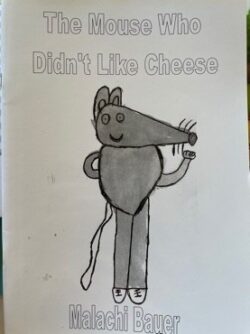

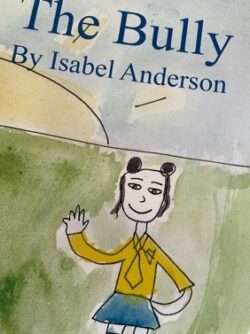
When children are writing the books themselves, they can relate directly with the ‘monster’ being so particular to them that it creates a book that actually allows them to work through the problem at hand and discover a solution. They may be dealing with fractured relationships, perceived personal deficits, or thinking they are different to everyone else.[1]
When it comes to commercially available books that have proven to be enduring over time, my number one pick for a book that supported your child’s fears and showed them how to tap in to their inner strengths to overcome adversity would be The Gruffalo.
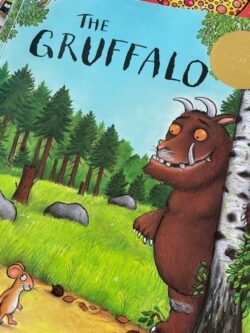
The Gruffalo by writer and playwright Julia Donaldson, illustrated by Axel Scheffler, that tells the story of a mouse, taking a stroll through the deep dark woods. The mouse cleverly turns the idea of fear on its head, and instead borrows the terror of the idea of the ultimate monster to dissuade the fox, then owl, then a snake from wanting to eat it.
This book has everything! At first glance, it is a diminutive character, which is how we feel when we are dealing with something new and we are unsure of ourselves. It has a three ‘monsters’, each scarier than the preceding one, and the mouse has to try, try, and try again to evade being eaten. Then, in a final challenge, meeting the Gruffalo, the mouse miraculously escapes by using its wits and making the monster scared.
Then, just as it looks as though all hope is lost, there is a miraculous turn of events and the main character wins and the monster is no longer a threat.
We all truly have greatness within, and it is a matter of tapping that ability to decide to fight, rather than take flight or freeze, and turn to the monster and confront it head-on. This surely going to produce the best possible outcomes. Knowing in advance that it won’t be easy means we won’t be tempted to give up, but rather try and try again. With each little win, we get stronger and more capable, and yes, more resilient, all this from turning pages of a beautifully crafted book!
[1] These three titles were written and illustrated by primary school aged children as they participated in the Child Writes program. ‘The Bully’ by Isabel Anderson 2010 / ‘The Mouse Who Didn’t Like Cheese’ by Malachi Bauer 2011 / ‘Too Tall, Too Skinny, Too Slow’ by Aaliyah Williams 2011.
You can view on YouTube:






